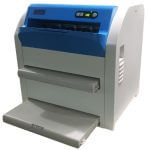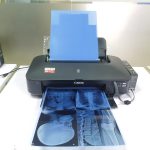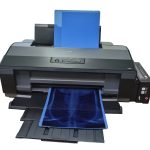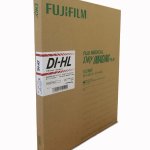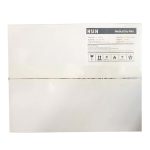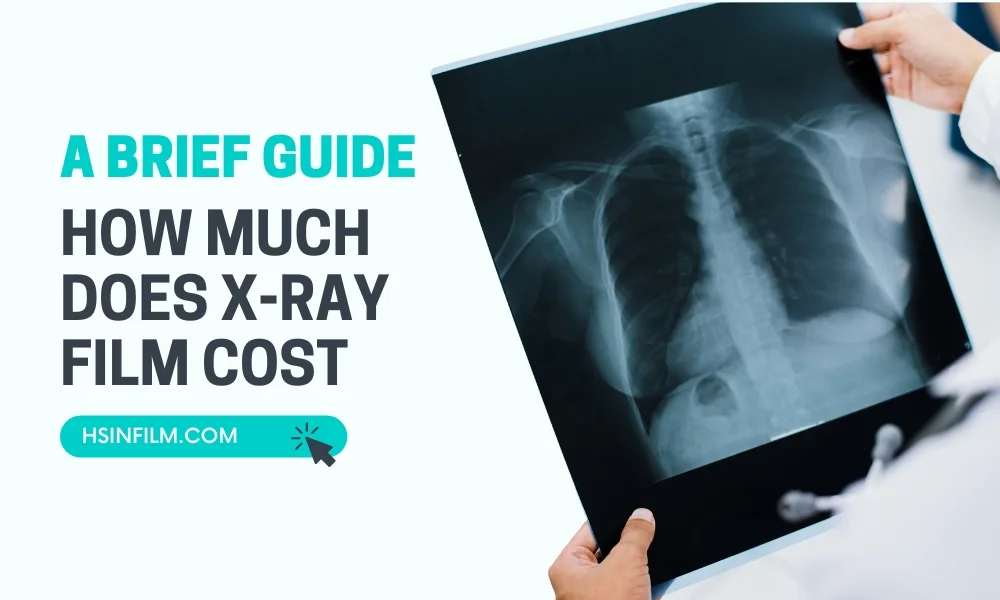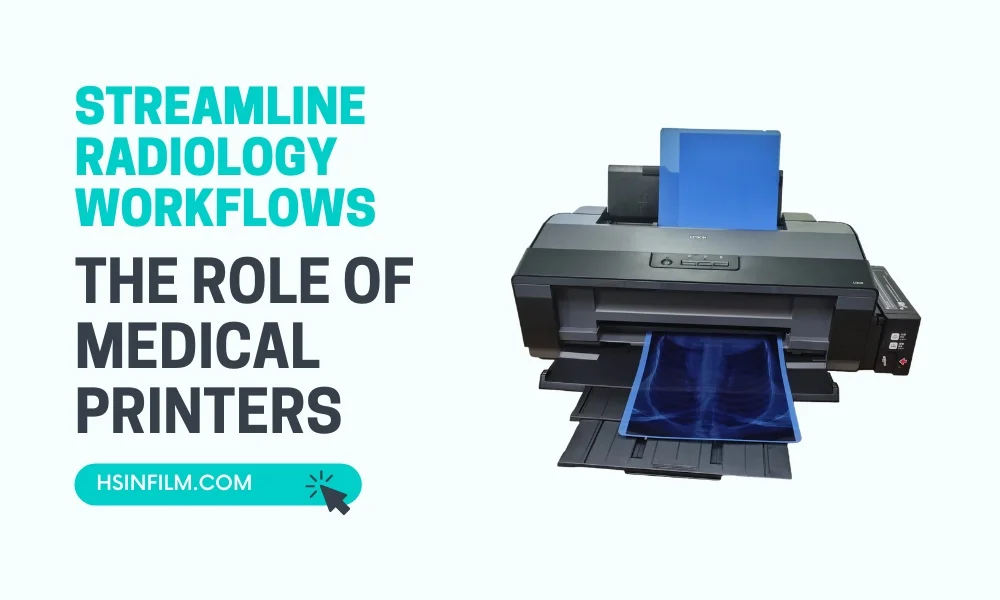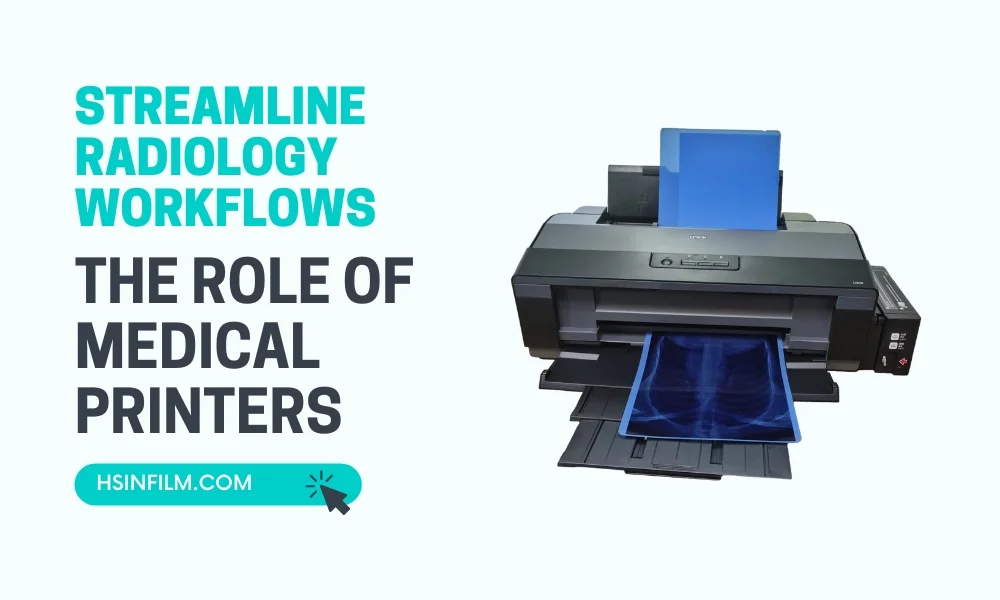Medical imaging is a marvel that has transformed healthcare. With Medical Dry Film at the forefront, doctors and professionals can now diagnose with heightened clarity. Have you ever wondered about the numerous applications of medical dry film in the medical arena? Strap in, and let’s embark on this enlightening journey.
Table of Contents: Applications of Medical Dry Film
The Basics of Medical Dry Film
Medical Dry Film represents a notable shift from traditional X-ray films. This advancement is not only about producing clearer images but also ensuring patient safety. With its cutting-edge technology, the application of medical dry film promises a revolution in medical imaging.
Advantages Over Traditional Films:
- Enhanced clarity.
- Reduced radiation exposure.
- Durability and longevity.
Radiology: The Heartbeat of Medical Imaging
Radiology, often termed the ‘window to the body’, heavily relies on imaging. With the application of medical dry film, this window becomes clearer and sharper. Can you imagine spotting even the tiniest anomaly with unmatched precision? That’s the dry film for you!
Orthopedics: Viewing Bones with Precision
When it comes to bones, precision is paramount. Whether it’s a minute hairline fracture or signs of osteoporosis, a medical dry film ensures nothing is missed. With the application of medical dry film, orthopedics has never been so precise!
Cardiology: A Clearer View of the Heart

Our heart, the rhythmic drummer inside us, has intricate pathways. When cardiologists need to peer inside, they trust the clarity of the dry film. From angiograms to routine checks, the application of medical dry film offers a transparent view, making heart diagnostics a heartbeat away.
Mammography: Early Detection of Breast Anomalies
Early detection can be a game-changer in breast cancer prognosis. Imagine the promise of clarity that dry film brings to mammograms. It’s not just about spotting irregularities; it’s about ensuring patients get timely and appropriate care.
Dentistry: Beyond the Naked Eye
Ever felt curious about what goes on inside our oral fortress? From cavities lurking in secret corners to root intricacies, the application of medical dry film in dentistry promises a comprehensive tour with vivid clarity.
Pediatric Imaging: Safeguarding the Future
Children aren’t just small adults. Their medical needs, especially in imaging, are unique. With dry film, pediatricians get a safer imaging alternative, ensuring our young ones are shielded from excessive radiation.
Research and Academic Medicine
In the ever-evolving realm of medical research, accuracy is the key. With dry film’s promise of clarity, researchers can delve deeper and students can learn better. The application of medical dry film in this context holds the baton for future medical breakthroughs.
Beyond Diagnostics: Dry Film in Medical Procedures and Interventions
From guiding a surgeon’s hand in intricate procedures to aiding in minimally invasive surgeries, the precision, and reliability of medical dry films are undeniable. It’s not just a film; it’s a guiding light in the vast sea of medical interventions.
Environmental and Economic Upsides
Beyond the clear medical advantages, have you ever considered the environmental footprint of your medical film? The dry film not only promises medical clarity but also a reduced environmental impact. Plus, think of the economic savings in the long run!
Conclusion
The diverse applications of medical dry film mark a significant stride in healthcare’s journey. With its promise of clarity, precision, and safety, it’s not just a technological advancement; it’s the future of medical imaging.
FAQ
Q: How does dry film compare to other medical imaging films in terms of radiation safety?
A: Dry film stands out in minimizing radiation exposure, ensuring both patient and medical professional safety.
Q: Are there specific procedures where dry film shouldn’t be used?
A: Dry film is versatile, but like all medical equipment, its application should be guided by the physician’s expertise.
Q: What are the storage and handling recommendations for dry films?
A: Dry films, given their technological edge, should be stored in cool, dry places, away from direct sunlight. Always handle with clean gloves to ensure image integrity.

